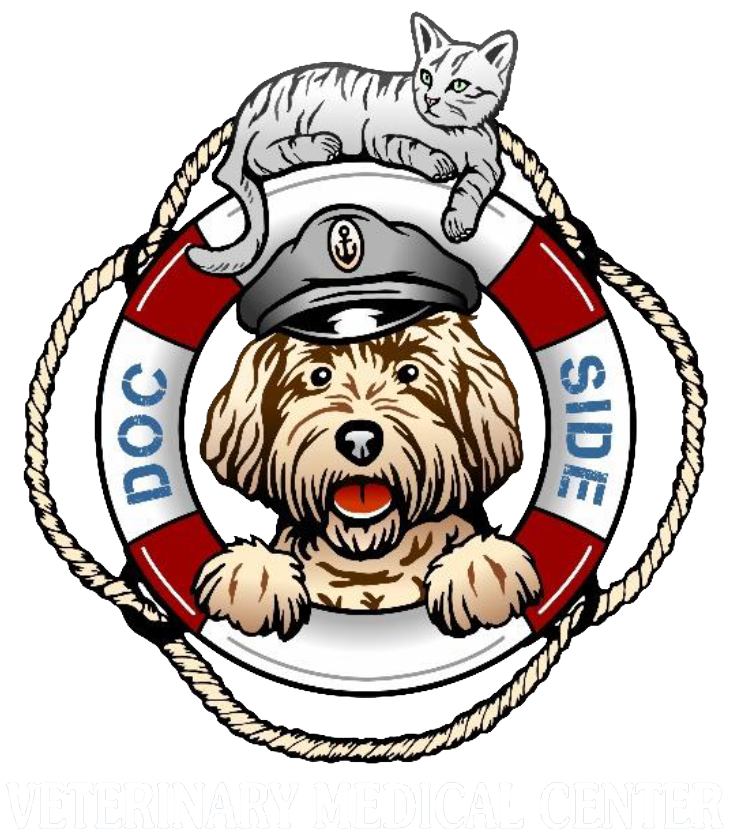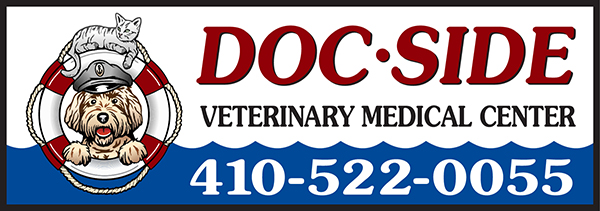Orthopedic & Soft-Tissue Surgery
Pet Surgery in Baltimore, MD
The doctors at Doc·Side Veterinary Medical Center are experienced in a wide range of surgical procedures. These include soft-tissue, orthopedic, and minimally-invasive laparoscopic surgery. Our surgical facilities are completely sterile and equipped with the latest, state-of-the-art equipment and modern anesthesia and patient monitoring systems. In addition, we provide advance pain management post-op so that your pet can feel better and recover comfortably.
Types of surgeries performed in our surgical center
Our veterinarians perform a wide variety of soft-tissue and orthopedic surgeries, such as:
- Spays / Neuters
- Soft-palate / Stenotic nares surgery
- Splenectomy (spleen removal)
- Pyometra (uterus infection)
- Tumor removal
- Enucleation (eye removal)
- Foreign body removal
- Tibial Plateau Leveling Osteotomy (TPLO)
- Cranial Cruciate Ligament (CCL) repair
- Fracture repair
- Patellar luxation
- ...and more!
state-of-the-art equipment for patient safety
How Doc·Side Meets Your Pet's Surgery Needs
You want the very best for your pet during their surgery. Our state-of-the-art surgical center offers your peace of mind when your pet is undergoing a procedure. A few of the ways we do this are:
- We perform pre-surgery laboratory testing to evaluate your pet, which increases their safety under anesthesia.
- We use advanced monitoring and surgical equipment to observe your pet’s vital signs.
- All patients are kept warm to reduce the potential for hypothermia.
- We implement pain control before, during, and after surgery so that your pet is as comfortable as possible. In addition, pain medication is sent home for patient comfort.
If you have any questions about a needed surgery, an upcoming surgery, or how we provide state-of-the art equipment and monitoring, please do not hesitate to give us a call.
Laparoscopic Procedures
Laparoscopy is a minimally invasive technique for viewing the internal structures of the abdominal cavity. It involves the use of a laparoscope (camera) inserted into the abdomen. This allows our veterinarians to view abdominal organs magnified on a monitor. Applications are as numerous in veterinary medicine as in human medicine, the most recent being the use of laparoscopy for performing an ovarectomy / ovariohysterectomy (spay) or retained testicle neuter. Veterinary laparoscopy is relatively new requiring special training and surgical expertise.
At Doc·Side Veterinary Medical Center, we are proud of the unique level of training and experience of our Laparoscopic Team and even prouder to be one of the first animal hospitals in the state of Maryland to offer laparoscopy to our canine and feline friends. All procedures are performed in our state-of-the art, minimally invasive surgi-center under the leadership of Dr. Irvin Herling.
Benefits to Laparoscopic procedures:
- Smaller incisions: The entire surgery is performed through a few tiny incisions rather than a large abdominal opening.
- Less Pain: Smaller incisions are less painful and reduce recovery time.
- Safer: Laparoscopy is simple to perform and involves very few complications.
Preparing your pet for a laparoscopic spay / neuter procedure is no different than preparation made for a traditional spay or neuter. Your pet should be fasted for 12 hours prior to surgery and preoperative blood work should be obtained. All laparoscopic spays / neuters are performed under general anesthesia.
The use of laparoscopy in small animal spay/neuter procedures is quickly becoming the preferred surgical option among pet owners. Once available only for people, animals are now benefiting from the many advantages of these techniques. The most important of these advantages being a safer and less painful surgical experience.


